Explore key facets of centrifugal pump ownership, installation, operation, and troubleshooting
The Second Edition of Pump Wisdom: Essential Centrifugal Pump Knowledge for Operators and Specialists delivers a concise explanation of how pumps function, the design specifications that must be considered before purchasing a pump, and current best practices in lubrication and mechanical seals.
This new edition also contains new startup and surveillance tips for pump operators, as well as repair versus replacement or upgrade considerations for maintenance decision-makers, new condition monitoring guidance for centrifugal pumps, and expanded coverage of operator best practices.
Read Chapter 2: Pump Selection and Industry Standards here.
Epoxy pre-filled base plates
As of about 2000, Best Practices Companies (BPCs) have increasingly used “monolithic” (all-in-one, epoxy pre-filled) steel base plates in sizes approaching 1.5 m x 2.5 m (about 5 ft x 8 ft). Larger sizes become cumbersome due to heavy weight.
In the size range up to about 1.5 m x 2.5 m, conventional grouting procedures, although briefly mentioned earlier in this book, are being phased out in favor of base plates pre-filled with an epoxy resin or grout (Chapter 3, Ref. 3). These pre-filled steel base plates then represent a solid block (the “monolith”) that will never twist and never get out-of-alignment.
Fill out this form to read the entire Chapter 3 excerpt.
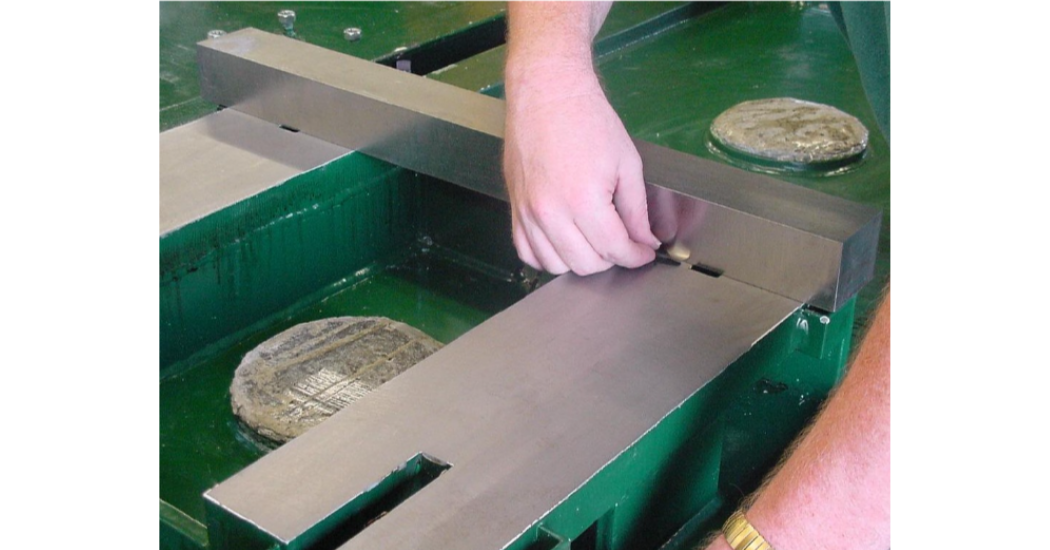
Fig. 3.8: Flatness and level measurements determine if the now machined pre-filled baseplate has been properly machined. It is then ready to be installed on a foundation at site (Source: Stay-Tru®, Houston, Texas)
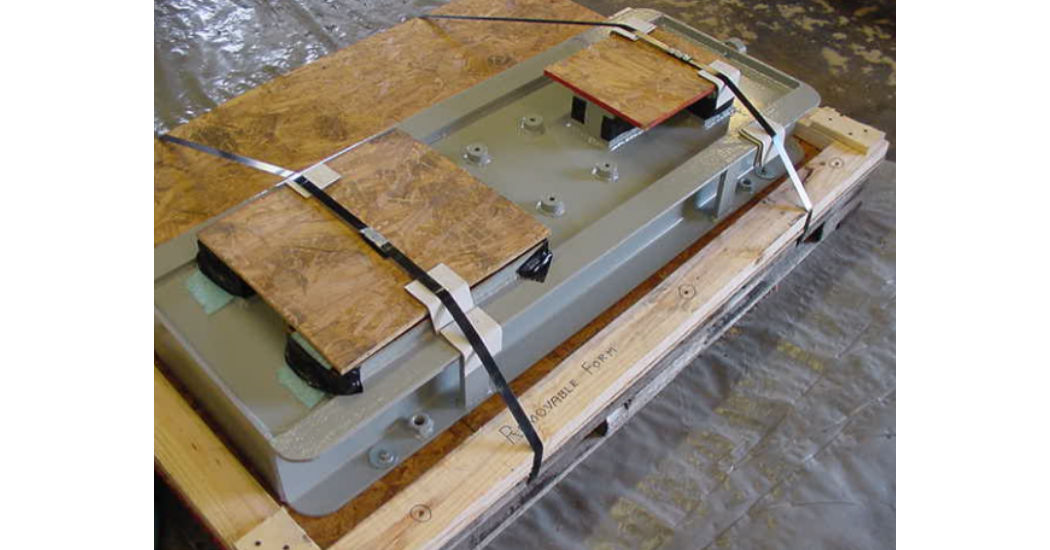
Fig. 3.9: Epoxy pre-filled base plate fully manufactured by a specialty company, shown ready for shipment (Source: Stay-Tru® Company, Houston, TX)
Chapter 3, Reference 3: Bloch, Heinz P. and A. R. Budris; “Pump User’s Handbook: Life Extension,” 3rd Edition (Fairmont Press, ISBN 0-88173-627-9)
Pump Wisdom: Essential Centrifugal Pump Knowledge for
Operators and Specialists, 2nd Edition can be purchased on Amazon: https://www.amazon.com/gp/product/1119748186/ref=ox_sc_saved_title_2?smid=ATVPDKIKX0DER&psc=1

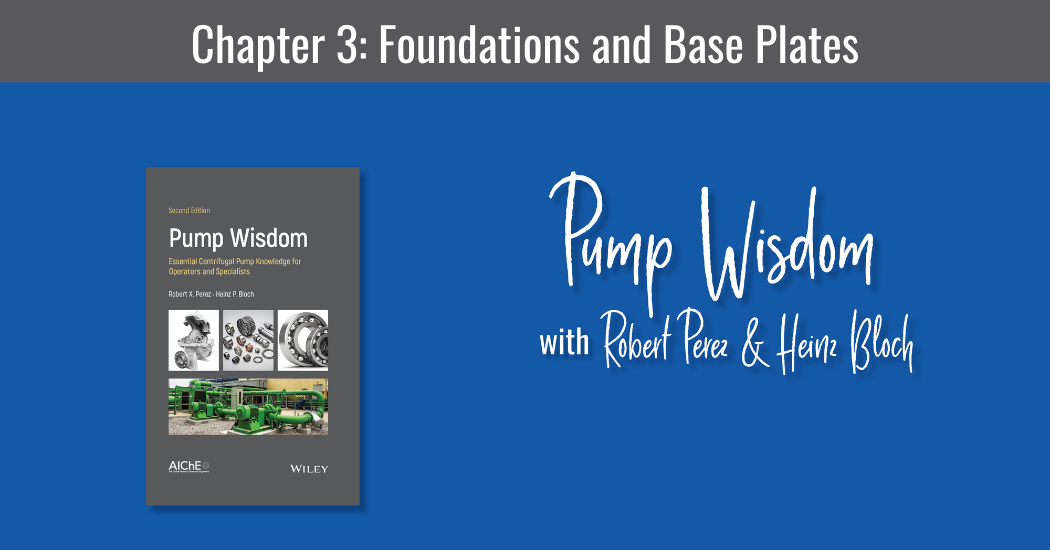

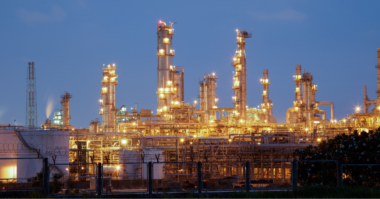
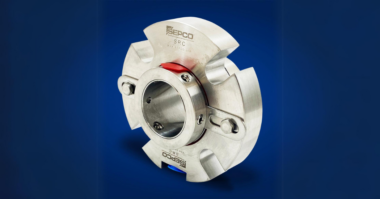
Comments